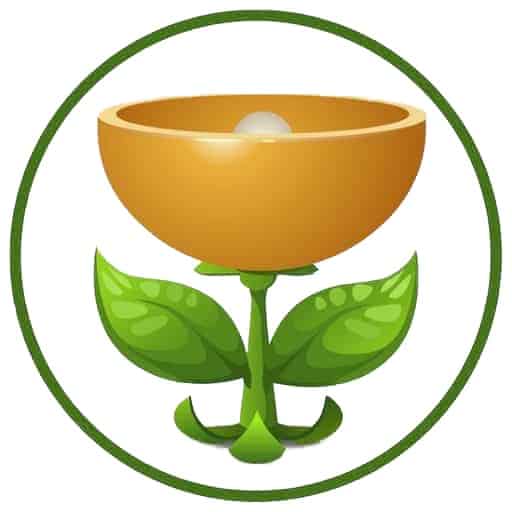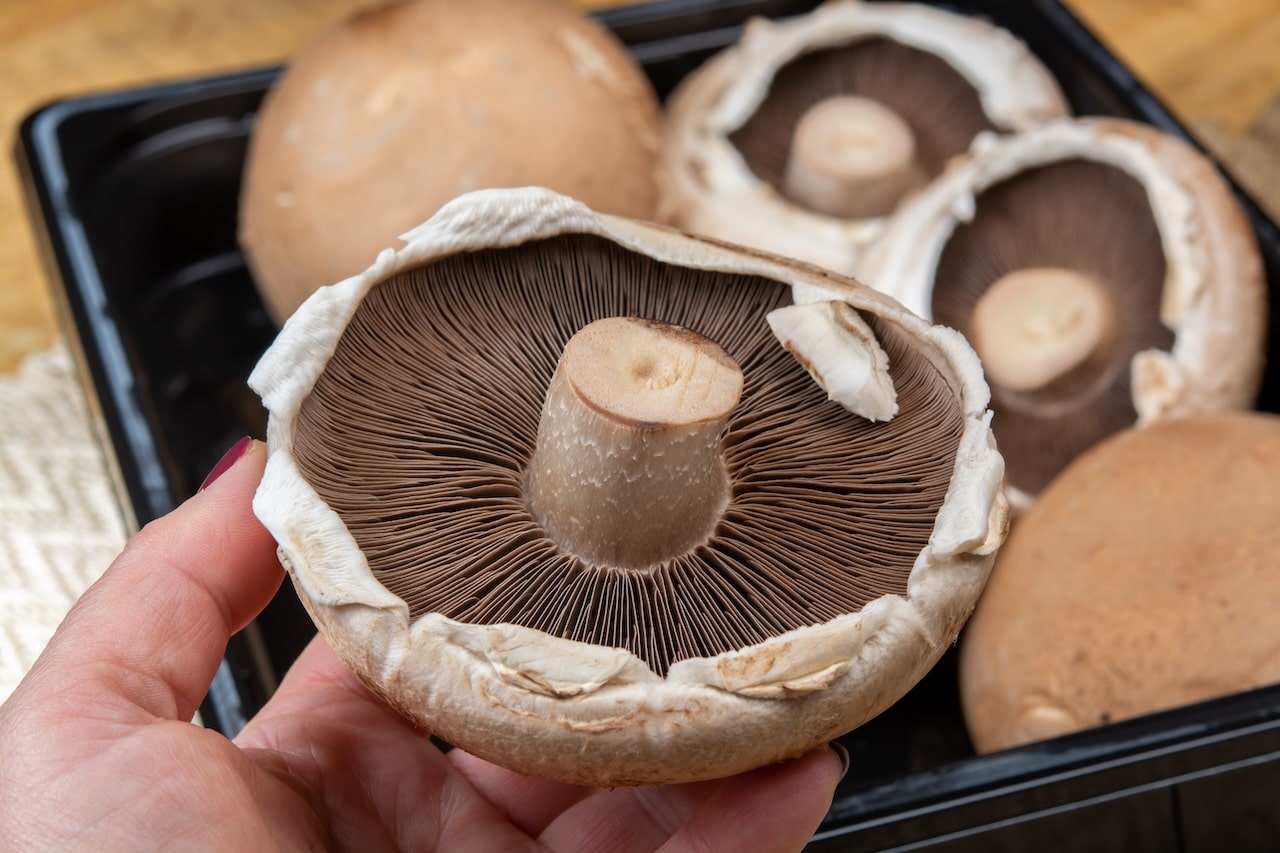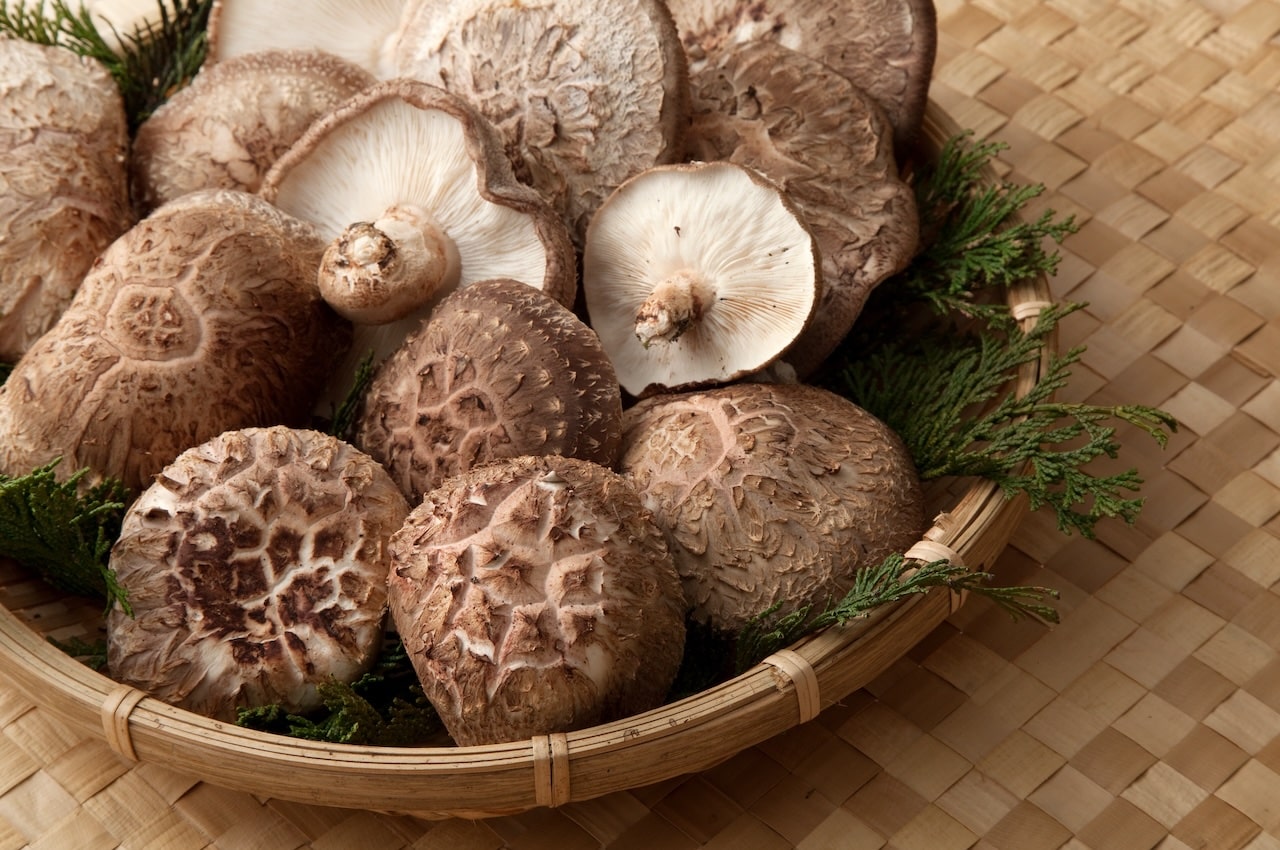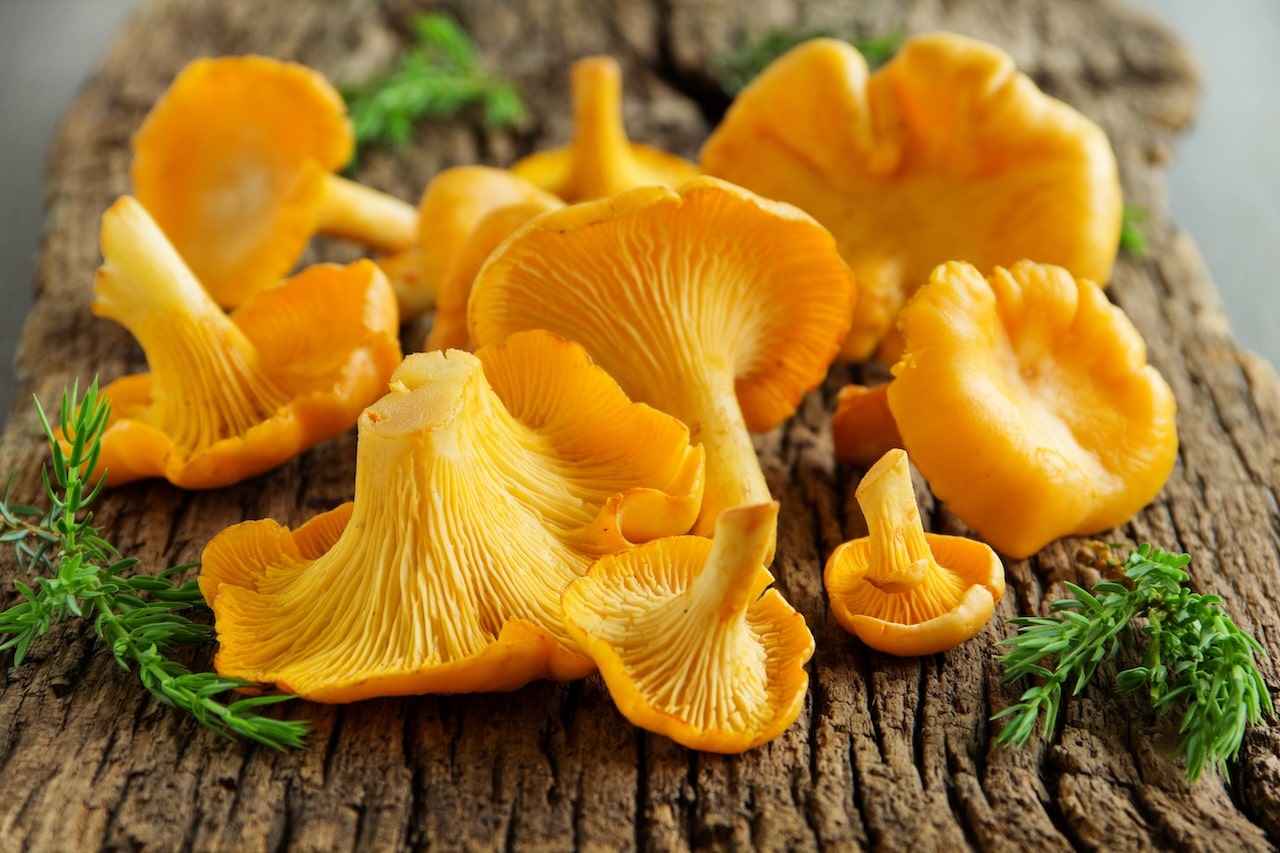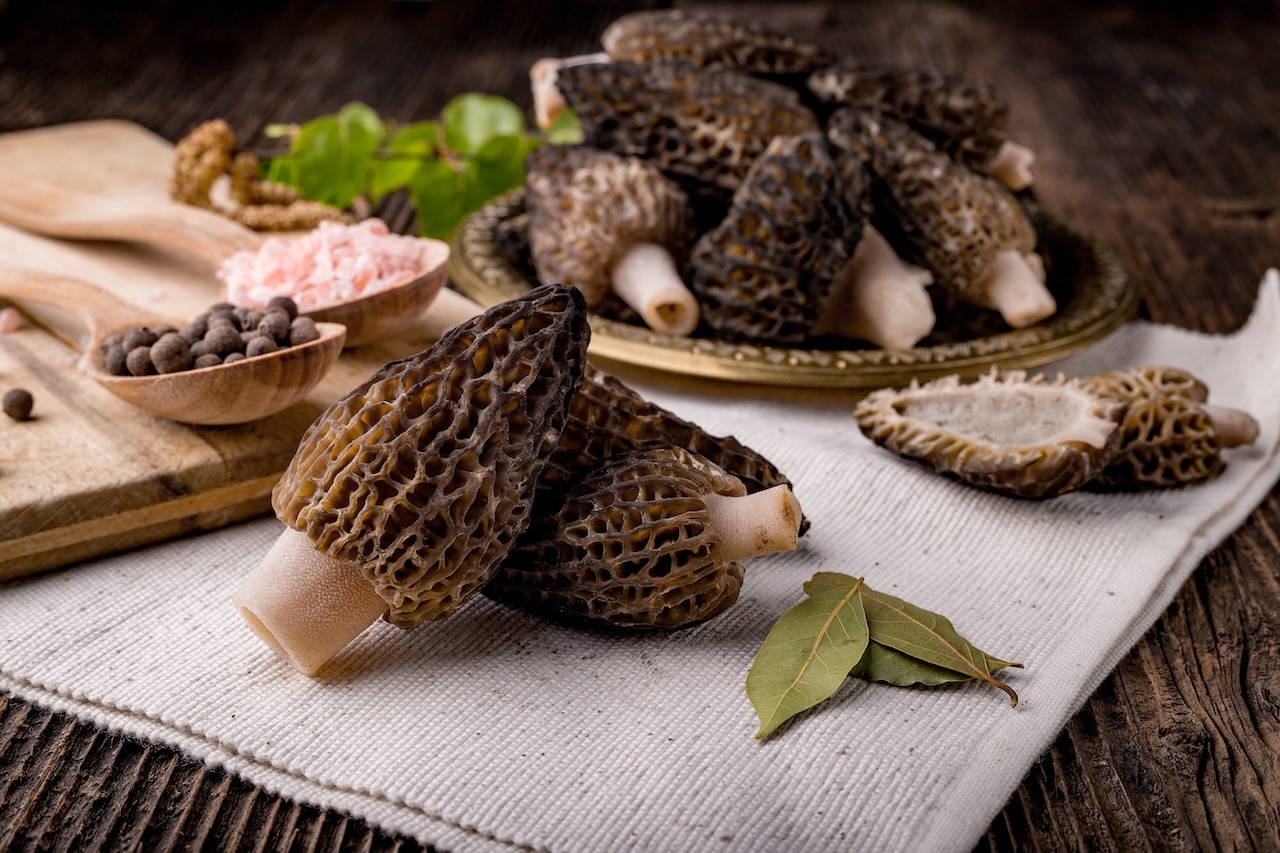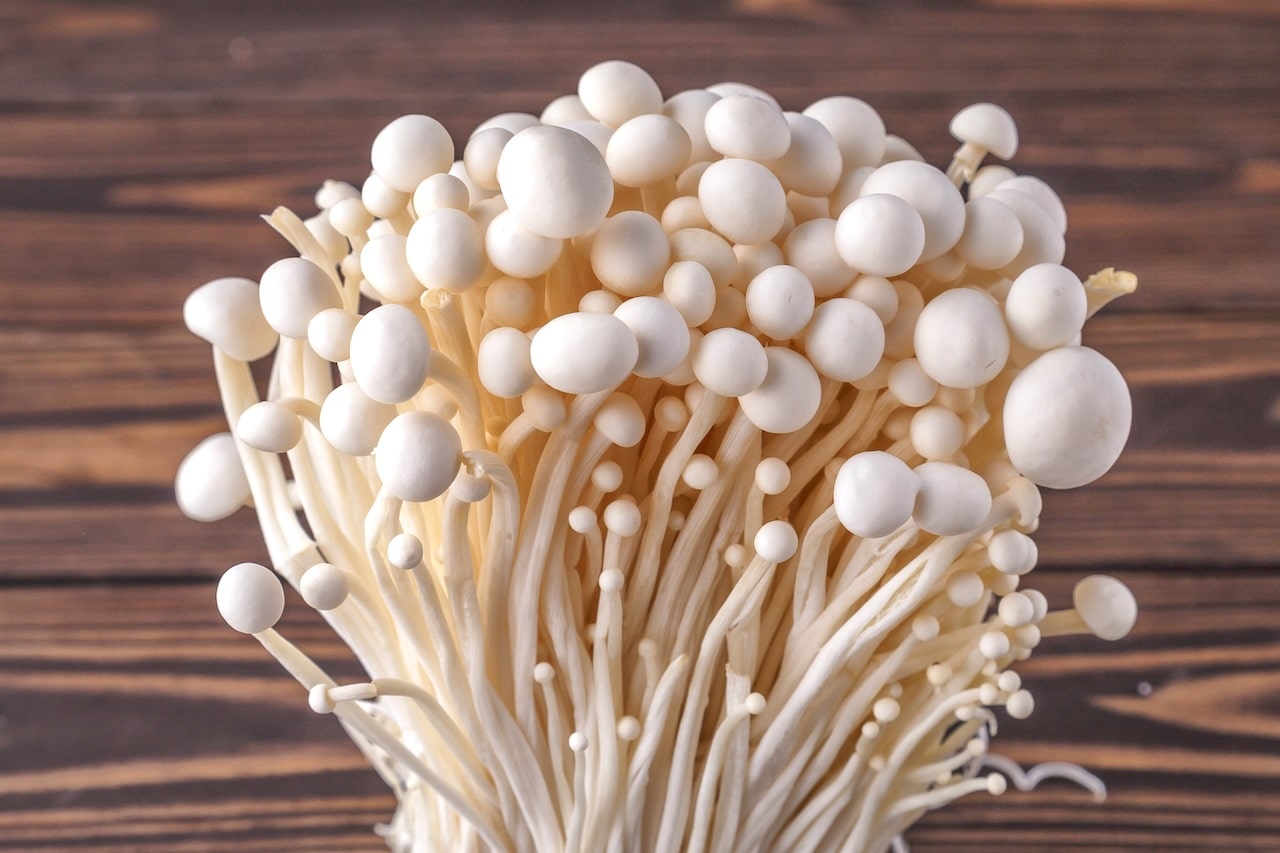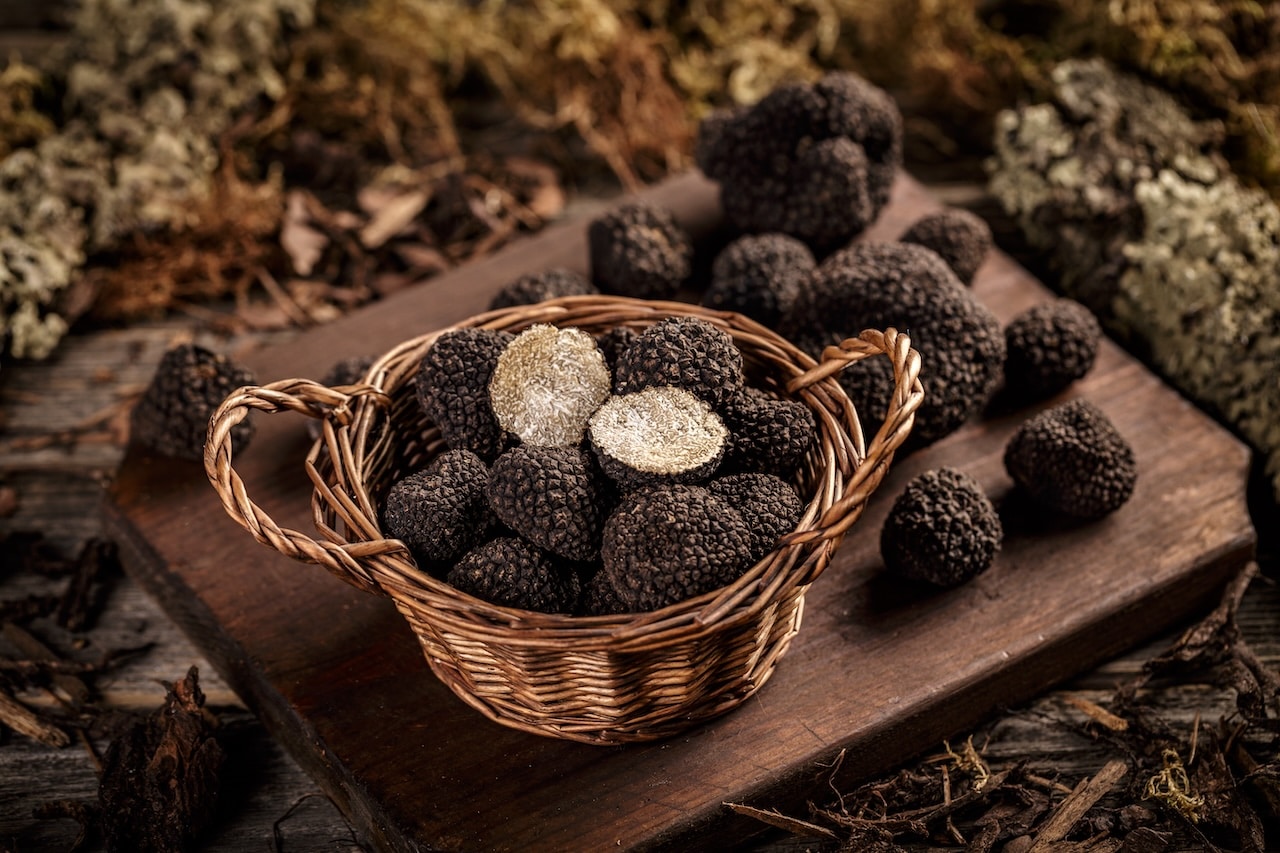
Auto Draft 3103
Add a touch of elegance to everyday meals with culinary mushrooms
I absolutely love cooking with mushrooms and I’m not the only one.
Mushrooms have been prized for their flavors, textures, and versatility in cooking for thousands of years.
Since there are so many different kinds of mushrooms out there (besides the classic white button) I thought I would narrow my list down to seven types that you should definitely check out.
Due to the rising popularity of mushrooms, many on this list are fairly easy to find. Higher-end grocers such as Whole Foods will usually carry a larger selection than found at most grocery stores.
If you’re feeling adventurous, “Sampler” packs are sometimes available. I’ve gotten 3-4 different mushrooms in one sampler pack and it kind of forced me to try some new recipes that I might not have tried otherwise.
Anyway, below are my top 7 culinary mushrooms picks, along with a few details about their history, appearance, flavor, uses, and some of their health benefits.
1. Portobello (Agaricus bisporus
Portobello mushrooms are what you get when an ordinary white button mushroom keeps growing to maturity – seriously!
These giant mushrooms are excellent for stuffing or grilling. They are very popular in vegetarian dishes as an alternative to meat.
History: Originally cultivated in Italy, Portobello mushrooms are the mature form of the common button mushroom.
Appearance: Large, flat cap with a dark brown color and visible gills underneath.
Flavor: Rich, meaty flavor with an umami depth.
Uses: Often used as a meat substitute in vegetarian dishes, grilled, stuffed, or baked.
Recipes: Grilled Portobello Mushrooms. Portobello Mushroom Burger. Stuffed Portobello with Quinoa, or stuffed with crab and cream cheese – so many options!
Healthy: Portobello mushrooms are rich in Antioxidants, a great source of dietary fiber, and help to support the immune system. Additionally, they’re low in calories and high in nutrients like B12, niacin, riboflavin and potassium.
2. Shiitake (Lentinula edodes)
I’ve been eating a lot of Shiitake Mushrooms lately. Excellent with omelets, soups and other dishes.
They’re great for your immune system too!
History: Shiitake mushrooms have been cultivated in Asia for over a thousand years. They are an integral part of Chinese and Japanese cuisines and are also valued in traditional medicine.
Appearance: Shiitake mushrooms have a brown, umbrella-shaped cap with a slightly curled edge. The stems are tough and woody, often discarded before cooking.
Flavor: They have a savory, umami flavor with a slight smokiness. When dried, the flavor becomes even more concentrated.
Uses: Shiitake mushrooms are used in stir-fries, soups, noodle dishes, and as a topping for rice. They are also popular in vegetarian dishes for their meaty texture
Healthy: Shiitake are famous for supporting a healthy immune system. They are rich in antioxidants like selenium and also help to reduce inflammation thereby helping to protect the heart. Shiitake contain kojic acid and a rich content of B vitamins which both help to improve skin health by promoting cell turnover.
3. Chanterelle (Cantharellus cibarius)
Chanterelle mushrooms are such a beautiful color!
They’re delish in creamy soups, and with eggs!
History: Chanterelles have been foraged and enjoyed in European and North American cuisines for centuries. They’re most often associated with French cuisine.
Appearance: Chanterelles are funnel-shaped with wavy, wrinkled edges. They range in color from yellow to deep orange and have a delicate, smooth texture.
Flavor: They offer a delicate, fruity flavor with notes of apricot and a slightly peppery finish. The texture is firm but tender.
Uses: Chanterelles are excellent sautéed with butter, used in sauces, or paired with eggs. They are also delicious in creamy soups and pasta dishes.
Healthy: Chanterelles are high in antioxidants as well as vitamins and minerals including beta-carotene, vitamins A, C, D, B2, and Copper. Plus, they have shown antimicrobial properties which may help protect against bacterial and fungal infections.
4. Morel (Morchella spp.)
These crazy looking mushrooms are usually found in forests.
Better yet, play it safe and find them at your local grocery store.
History: Morels have been foraged and consumed for centuries, particularly in Europe and North America. They are highly sought after by chefs and mushroom enthusiasts.
Appearance: Morels have a distinctive honeycomb-like, spongy cap that ranges in color from light tan to dark brown. They are hollow inside.
Flavor: They have an earthy, nutty flavor with a hint of smokiness. The texture is firm yet tender.
Uses: Morels are often sautéed in butter, used in cream sauces, or paired with meats like chicken or beef. They are also popular in French cuisine.
Healthy: Morels are rich in vitamins D, and B-complex (B1, B2, B3, and B6), and minerals such as iron, copper, potassium, and manganese. They’re high in antioxidants, supports immune function, low in fat, high in protein and fiber. They also contain antibacterial properties.
5. Oyster (Pleurotus ostreatus)
These Oyster mushrooms are so pretty!
They also come in different colors such as white, blue, gray and even pink.
History: Oyster mushrooms have been cultivated for over a century and are popular in various cuisines worldwide, particularly in Asia and Europe.
Appearance: Oyster mushrooms have a broad, oyster-shaped cap that ranges in color from white, blue, gray, brown, and even pink! They grow in a shelf-like formation.
Flavor: They have a mild, slightly sweet flavor with a delicate texture. When cooked, they can take on a slight anise or seafood-like taste.
Uses: Oyster mushrooms are versatile and can be used in stir-fries, soups, and as a meat substitute in vegetarian dishes. They are also excellent when grilled or roasted.
Healthy: Oyster mushrooms are low in calories yet packed with nutrients. They provide essential vitamins such as B vitamins (B1, B2, B3, B5), minerals like zinc, potassium, magnesium, and selenium, and are also a good source of dietary fiber. Their benefits range from immune support to heart health, anti-inflammatory effects, and more.
6. Enoki (Flammulina velutipes)
I love Enoki in soups. They’re also a great addition when you’re cooking up a quick ramen.
They are a very versatile mushroom than can also be deep fried, or used in wraps.
History: Popular in East Asian cuisines, especially in Japan, where they are known as “enokitake.”
Appearance: Long, thin stems with small white caps, often sold in clusters.
Flavor: Mild, slightly fruity with a crunchy texture.
Uses: Often used in soups, salads, or as a garnish for dishes.
Recipes: Enoki Mushroom Salad, Enoki Miso Soup, Ramen, Stir-fried Enoki with Soy Sauce.
Healthy: Enoki mushrooms offer a range of health benefits such as being rich in antioxidants and bioactive compounds. They support immune function, cardiovascular health, digestion, as well as brain and cognitive functions.
7. Truffle (Tuber spp.)
These are truffles… they hardly look like a mushroom!
Truffles are silly expensive. Depending on the variety they can cost anywhere from $3.00 to $5,000 a pound – yikes!
History: Truffles have been considered a delicacy since ancient times, particularly in Europe. They have a rich history in French and Italian cuisine and are often associated with luxury.
Appearance: Truffles are small, lumpy, and irregularly shaped. They can be black, brown, or white, depending on the species. The interior is marbled with white veins.
Flavor: Truffles have a strong, earthy aroma and a complex, musky flavor that is both garlicky and nutty.
Uses: Truffles are typically shaved or grated over dishes like pasta, risotto, and eggs. They are also infused into oils and used to flavor various gourmet products.
Healthy: Truffle mushrooms are not just a luxury food item; they offer a variety of health benefits due to their rich content of antioxidants, proteins, and essential minerals. Regular consumption may help support immune health, reduce inflammation, and promote heart health.
In Summary
Culinary mushrooms are celebrated not only for their unique flavors and textures, but also for their versatility in various culinary traditions around the world as well as their overall health benefits.
Have fun and experiment with different mushrooms to create your own 5-star meals!
JessPassingThrough may earn compensation from affiliate links in posts at no cost to you. If you have any questions please feel free to reach out to us directly through our Contact page.
Views: 2
